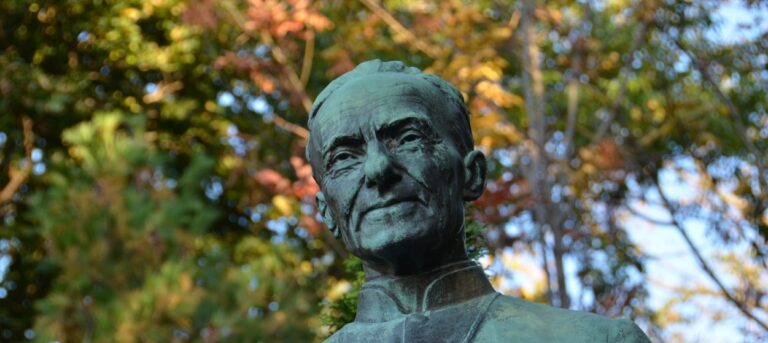
A Link to Church Foundations

Just nine days after the Dedication of the Lateran Basilica, the Roman Calendar marks yet another celebration linked to bricks and mortar as we commemorate The Dedication of the Basilicas of St. Peter and St. Paul, two of the four papal basilicas of Rome.
As with the commemoration of St. John Lateran, recalling the dedication of these two churches is not about celebrating the buildings’ physical reality but rather their ties to foundational Church history and to key Church figures whose modelling of faith remains timeless.
Many people incorrectly assume that St. Peter’s is both the mother church of Catholicism and the home church of the pope, but that distinction falls to St. John Lateran, as our earlier blog post explained. (St. John Lateran is the third of the papal basilicas, with St. Mary Major the fourth). This common error is certainly understandable, given St. Peter’s size, its renown for its artistic and architectural splendour, and its prime location within Vatican City. Pope Francis’ inauguration earlier this year, for example, took place in St. Peter’s Square, directly in front of the basilica.
Even without the magnificent works by the likes of Michelangelo and Bernini, or the multi-acre footprint of the building, however, this site would hold a unique place in the heart of the Church, for under the basilica’s main altar rests the tomb of St. Peter, the man upon whom Christ announced he would build his Church.
That tomb stands as a powerful symbol of the apostolic succession that leads directly to the shepherds of today’s Church. Pope Francis knelt in prayer at the tomb of St. Peter before his inauguration. Most of his papal predecessors are buried nearby. Further reinforcing the ties between Peter and the modern era, the palliums conferred on archbishops by the pope — a pallium being a symbolic woollen collar-like band — are stored close to the tomb of St. Peter until they are imposed upon the newly appointed on the Feast of Sts. Peter and Paul, Apostles, in June. Our ties to Peter’s tomb underline that we are very much a Church of both history and Tradition.
Like St. Peter’s, the first significant building on the site of the Papal Basilica of St. Paul Outside the Walls was planned by Emperor Constantine I in the 4th century. St. Paul’s Outside the Walls, as it is popularly known, stands on what is believed to be the site where St. Paul was executed, a site marked by his followers following his death. Initially, Paul was buried a short distance away, by the Ostian Road, but his remains were eventually transferred to the crypt in the basilica that bears his name today.
As with St. Peter’s, St. Paul’s has undergone numerous changes in the centuries since it was first dedicated, but the reason for its importance remains. While the Catholic Church includes numerous churches with saints’ names, the intention is never to focus our worship on the saints themselves, but to call on them for help in our efforts to deepen our relationship with God. Peter, in his role as first head of the Church, and Paul, in his witness to the earliest days of the Church, offer us invaluable assistance in this goal.
-Catherine Mulroney, Editor of Living with Christ, Canada’s Companion to Praying and Living the Eucharist


